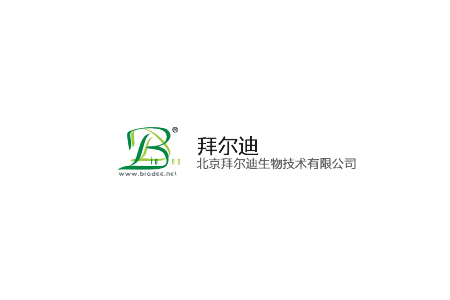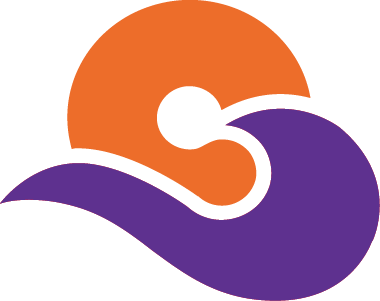

貨號(hào)
產(chǎn)品規(guī)格
售價(jià)
備注
BN40818R-100ul
100ul
¥2360.00
交叉反應(yīng):Human(predicted:Dog,Horse) 推薦應(yīng)用:IHC-P,IHC-F,ICC,IF,ELISA
BN40818R-200ul
200ul
¥3490.00
交叉反應(yīng):Human(predicted:Dog,Horse) 推薦應(yīng)用:IHC-P,IHC-F,ICC,IF,ELISA
產(chǎn)品描述
| 英文名稱 | TNFRSF14 |
| 中文名稱 | 腫瘤壞死因子受體超家族成員14抗體 |
| 別 名 | HVEM; Tumor necrosis factor receptor superfamily member 14; HVEML; ATAR; CD258; CD258 antigen; CD40 like protein precursor; Herpesvirus entry mediator A; Herpesvirus entry mediator; Herpesvirus entry mediator ligand; HVEA; HVEM L; HVEML; LIGHT; LIGHTR; TNFSF 14; TR2; Tumor necrosis factor receptor like gene2; TNR14_HUMAN. |
| 研究領(lǐng)域 | 腫瘤 細(xì)胞生物 免疫學(xué) 神經(jīng)生物學(xué) 信號(hào)轉(zhuǎn)導(dǎo) 細(xì)胞凋亡 |
| 抗體來(lái)源 | Rabbit |
| 克隆類型 | Polyclonal |
| 交叉反應(yīng) | Human, (predicted: Dog, Horse, ) |
| 產(chǎn)品應(yīng)用 | ELISA=1:5000-10000 IHC-P=1:100-500 IHC-F=1:100-500 ICC=1:100-500 IF=1:100-500 (石蠟切片需做抗原修復(fù)) not yet tested in other applications. optimal dilutions/concentrations should be determined by the end user. |
| 分 子 量 | 27kDa |
| 細(xì)胞定位 | 細(xì)胞膜 |
| 性 狀 | Liquid |
| 濃 度 | 1mg/ml |
| 免 疫 原 | KLH conjugated synthetic peptide derived from human TNFRSF14:51-150/283 <Extracellular> |
| 亞 型 | IgG |
| 純化方法 | affinity purified by Protein A |
| 儲(chǔ) 存 液 | 0.01M TBS(pH7.4) with 1% BSA, 0.03% Proclin300 and 50% Glycerol. |
| 保存條件 | Shipped at 4℃. Store at -20 °C for one year. Avoid repeated freeze/thaw cycles. |
| PubMed | PubMed |
| 產(chǎn)品介紹 | TNFRSF14 is a type I membrane protein belonging to the TNF receptor superfamily. This receptor mediates herpes virus entry into cells during infection. TNFRSF14 is able to inhibit the proliferation, activation, and cytokine production of T cells. It has an extracellular domain containing several cysteine-rich repeats and a short cytoplasmic region containing a TRAF (TNF receptor-associated factor) interaction domain. The extracellular domain of TNFRSF14 interacts with the herpes simplex virus envelope glycoprotein D. TNFRSF14 binds two cellular ligands: lymphotoxin alpha and LIGHT. LIGHT is a transmembrane protein expressed and shed from the surface of activated T cells, exhibits inducible expression, and competes with HSV glycoprotein D for HVEM, a receptor expressed by T lymphocytes. The LIGHT:TNFRSF14 interaction controls immune response functions by cell death induction as well as cell activation. TNFRSF14 is expressed by peripheral blood T cells, B cells, monocytes and in various tissues enriched in lymphoid cells. Function: Receptor for BTLA. Receptor for TNFSF14/LIGHT and homotrimeric TNFSF1/lymphotoxin-alpha. Involved in lymphocyte activation. Plays an important role in HSV pathogenesis because it enhanced the entry of several wild-type HSV strains of both serotypes into CHO cells, and mediated HSV entry into activated human T-cells. Subunit: Interacts with TRAF2, TRAF3 and TRAF5. Interacts with herpes simplex virus 1 (HHV-1) and herpes simplex virus 1 (HHV-2) envelope glycoprotein D; functions as an entry receptor for these viruses. Subcellular Location: Membrane; Single-pass type I membrane protein Tissue Specificity: Widely expressed, with the highest expression in lung, spleen and thymus. Post-translational modifications: N-glycosylated. Similarity: Contains 3 TNFR-Cys repeats. SWISS: Q92956 Gene ID: 8764 Database links: Entrez Gene: 8764 Human Entrez Gene: 230979 Mouse Omim: 602746 Human SwissProt: Q92956 Human Unigene: 512898 Human Unigene: 215147 Mouse Important Note: This product as supplied is intended for research use only, not for use in human, therapeutic or diagnostic applications. |